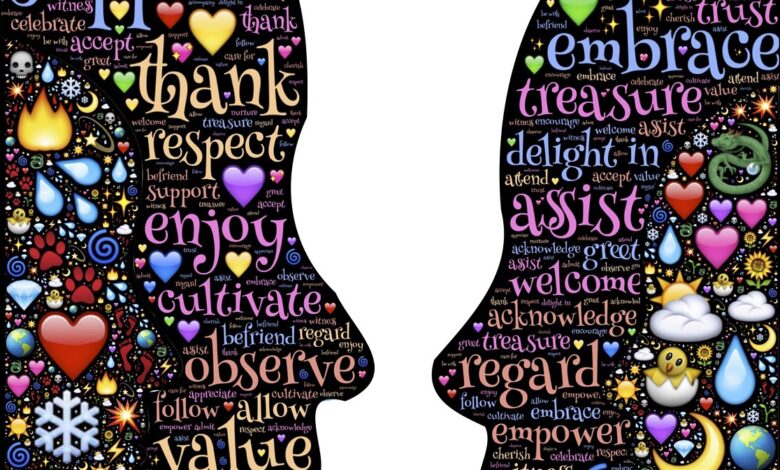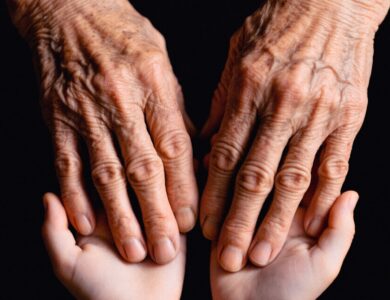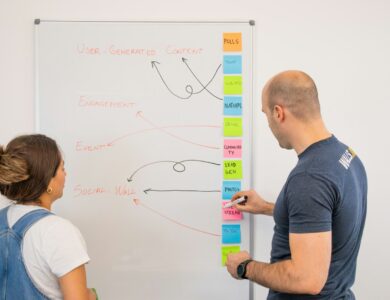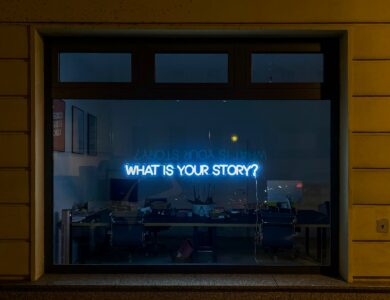
Introduction:
Vulnerability is often misunderstood in education. It’s commonly associated with weakness, exposure, or oversharing. But in reality, vulnerability is the foundation of authenticity and connection. In a learning environment, where emotional safety and trust are vital, vulnerability becomes a strength—not a liability. When embraced by both educators and learners, it fosters deeper relationships, encourages risk-taking, and strengthens engagement. This article explores how vulnerability can be cultivated intentionally to transform the educational experience.
Why Vulnerability Matters in Learning:
Learning is inherently vulnerable. Every time a learner admits, “I don’t know,” “I made a mistake,” or “I need help,” they are taking an emotional risk. Yet these moments are essential for growth. When learners feel they must always appear competent, they tend to play it safe—avoiding challenges, concealing confusion, and resisting feedback.
By contrast, in environments where vulnerability is welcomed, learners are more likely to ask questions, offer ideas, and collaborate openly. Authenticity invites connection, which in turn improves motivation, satisfaction, and long-term retention.
How Educators Model Vulnerability:
Creating a culture of vulnerability begins with leadership. Educators who model vulnerability set the tone for the group. This doesn’t mean oversharing or emotionally burdening students. It means being honest about what you know and don’t know, acknowledging mistakes, and demonstrating openness to feedback.
For example:
- Share a moment from your learning journey when you struggled and overcame it.
- Say “I’m not sure—let’s explore that together” rather than pretending to have all the answers.
- Ask learners for feedback on your facilitation and genuinely consider their input.
When learners see their educator take these risks, they are more likely to do the same.
Creating Safe Spaces for Vulnerability:
Psychological safety is essential. Learners must know they will not be mocked, dismissed, or punished for speaking openly. Establishing ground rules early helps:
- One person speaks at a time.
- Everyone’s voice is respected.
- Mistakes are treated as learning opportunities.
Use icebreakers and check-in rounds to gradually build trust. These small rituals create opportunities for people to share thoughts and feelings in a low-stakes way.
Activities That Encourage Vulnerability:
- Story Circles:
Invite learners to share a personal story related to the theme of the session (e.g., a time they felt excluded, took a risk, or overcame fear). Stories humanize abstract topics and foster empathy. - Reflective Writing & Sharing:
Ask learners to respond to prompts like “What’s something people might not know about you that influences how you learn?” or “What feedback are you afraid to receive?” These can be shared voluntarily in pairs or small groups. - “I Need/I Feel” Language Practice:
Teaching learners to express needs and feelings in a structured format (“I feel [emotion] because I need [value/need]”) helps them communicate openly while reducing conflict.
Balancing Openness with Boundaries:
While vulnerability is powerful, it must be balanced with professionalism and emotional boundaries. Not every learner is ready to share deeply—and that’s okay. Participation in vulnerable activities should be invitational, not mandatory.
Educators must also recognize the limits of their role. If a learner discloses something traumatic or emotionally intense, be prepared to offer support or refer them to appropriate resources.
The Role of Feedback in Vulnerability:
Giving and receiving feedback is one of the most vulnerable acts in a learning environment. Cultivating feedback literacy—helping learners understand how to give, request, and respond to feedback constructively—deepens trust.
Educators can normalize feedback by regularly modeling it, inviting it, and highlighting examples of how it leads to growth. When learners associate feedback with support rather than judgment, they are more willing to open up.
Conclusion:
Vulnerability is not about weakness—it’s about courage. In educational settings, it enables honesty, strengthens relationships, and makes deep learning possible. By modeling vulnerability, creating safe structures for it, and celebrating it as a sign of strength, educators create environments where learners thrive not just intellectually, but emotionally and socially. In a vulnerable space, everyone is free to be human—and that’s where real growth begins.




